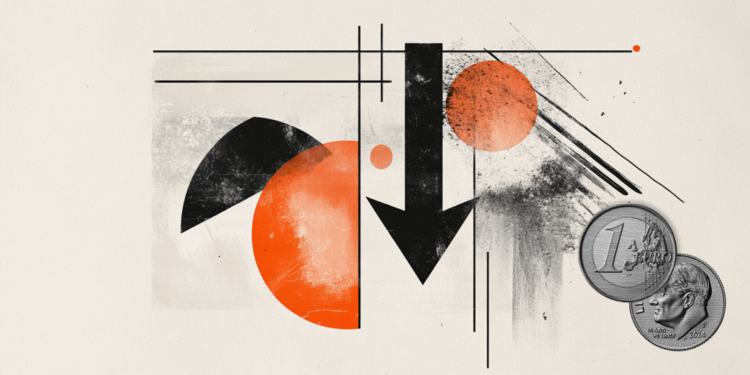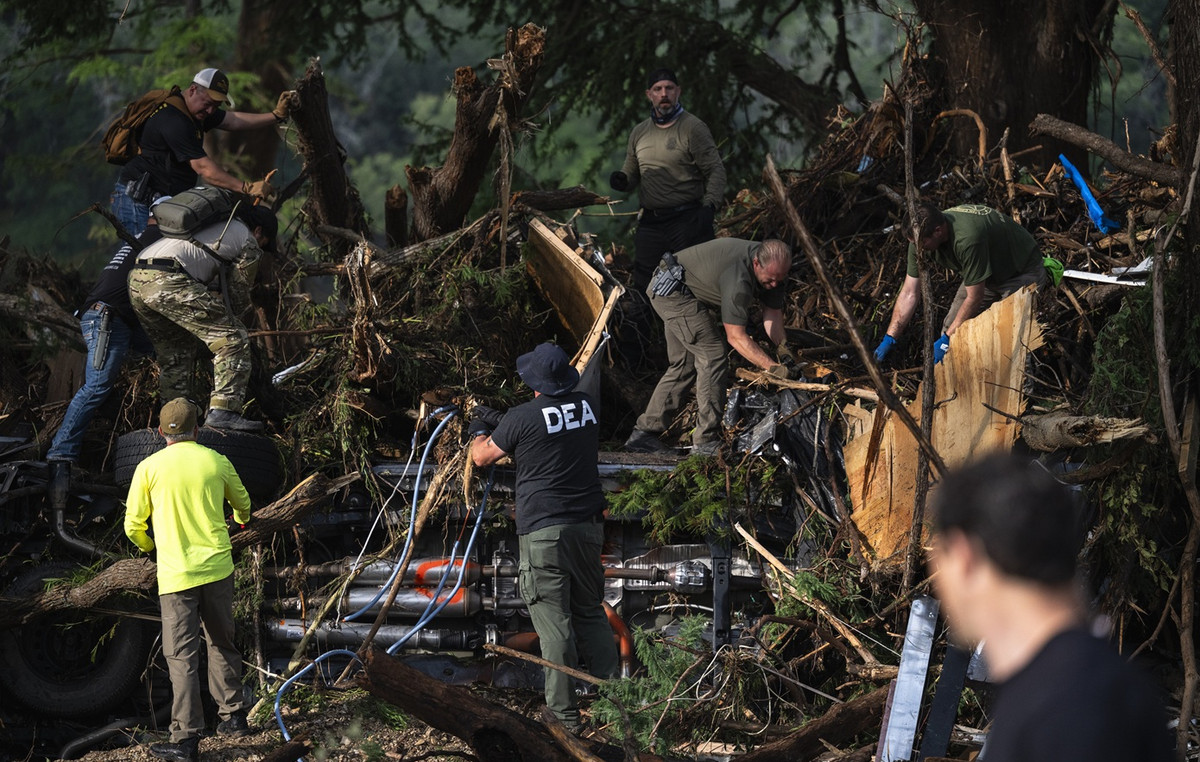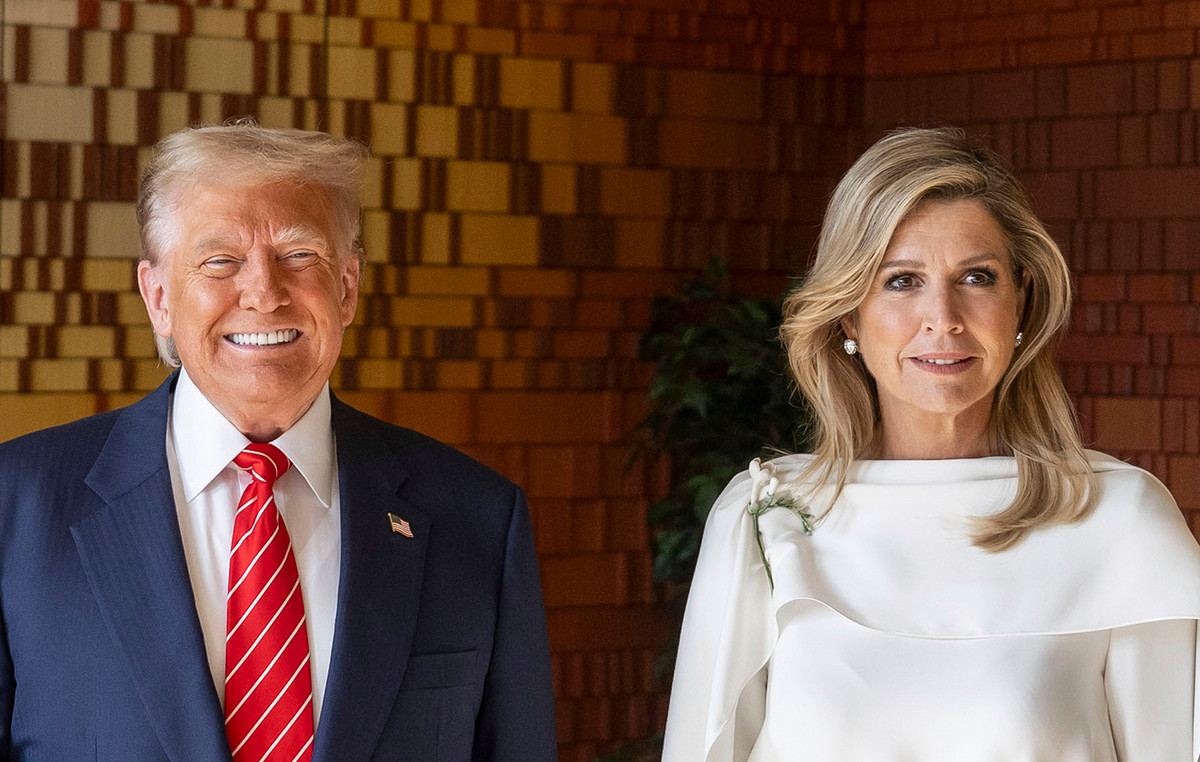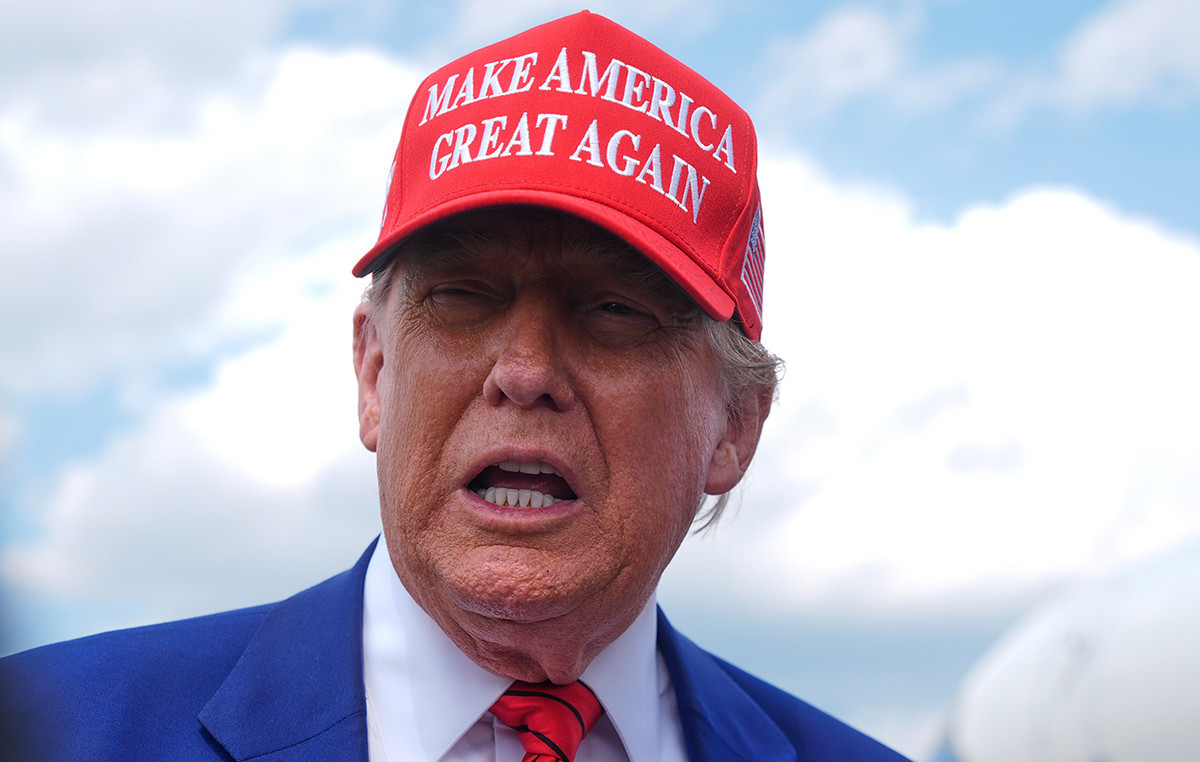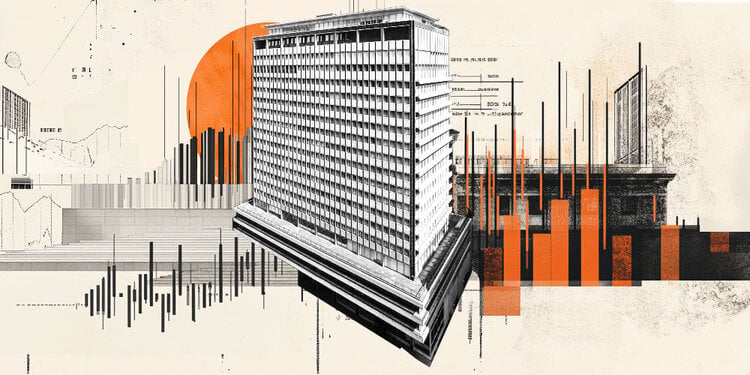American officials remain skeptical that a final diplomatic push in the Middle East this week will result in a pause in fighting in Gaza ahead of Tuesday’s U.S. presidential election, according to people familiar with the thinking, while Prime Minister Israeli Benjamin Netanyahu waits to see who will be the next American president.
Hopes for progress in ending the fighting in Lebanon are somewhat higher, and the country’s prime minister expressed optimism on Thursday (31) that a deal to end cross-border violence between Israel and Hezbollah may be in the stages finals.
“We are doing our best and we are optimistic that in the next few hours or days we will have a ceasefire,” Lebanon’s interim Prime Minister Najib Mikati said on Wednesday in an interview with Lebanese media outlet Al Jadeed.
Any progress in reducing temperatures in the region will be considered a victory within the White House. Still, the sense that Netanyahu is waiting out the U.S. campaign season — a long-held view within the Biden administration — remains strong as top envoys travel to the region to discuss prospects for ending the violence.
CIA Director Bill Burns was in Cairo on Thursday for discussions on Gaza and Lebanon, including a meeting with Egyptian President Abdel Fattah El-Sisi.
At the same time, US envoy Amos Hochstein and White House Middle East coordinator Brett McGurk are in Israel for talks on hostage issues and ceasefires, along with a discussion on Iran, all centered on politics. of “de-escalation supported by deterrence”.
Hopes of reaching a deal to end fighting on the Israel-Lebanon border have been boosted by progress in negotiations in recent days, and Hochstein is expected to continue negotiations this week.
But with the conclusion of a bitter US election in sight, there is little expectation that the final effort to conclude the war in Gaza will result in immediate success.
This makes it likely that the war in Gaza will continue to overshadow the US dispute in its final days. On Wednesday night, a few minutes after Vice President Kamala Harris’ speech in Madison, some interruptions occurred inside the arena, which was filled with many students from the nearby University of Wisconsin-Madison.
“Ceasefire now!” shouted one protester.
“We all want the war in Gaza to end and get the hostages out,” Harris said, adding that she would do “everything in my power” to end the Middle East conflict.
As a few more protesters echoed in the crowd, she added brusquely: “Everyone has the right to be heard, but now I’m speaking.”
The scene, which was repeated at Harris’ rallies during her abbreviated campaign, demonstrates the political liability that the Middle East has become for the Democratic candidate.
Harris almost always points to the need for a ceasefire, even when negotiations to secure one have stalled.
This week, American officials heading to the Middle East hope to make a last-ditch effort to resolve conflicts before the election, but are realistic about the likelihood of major breakthroughs.

In Cairo, Burns was expected to continue discussing a new proposal raised in recent days by the United States, Israel and Qatar involving a month-long ceasefire in Gaza in exchange for the release of some hostages.
After months of on-and-off negotiations, American officials remain cautiously hopeful that the new proposal could shake up the stalled talks, particularly after the death of Hamas leader Yahya Sinwar.
But a number of details are still pending, according to people familiar with the negotiations, including the number and breakdown of Palestinian hostages and prisoners who would be released as part of the deal.
The temporary truce would be shorter than the six-week first phase that was previously being discussed before talks collapsed, two sources familiar with the talks said. Negotiators from Qatar, which along with Egypt are Hamas’ main interlocutors, are currently discussing the limited proposal with Hamas, one of the sources said.
And there is continued pessimism that Hamas will agree to any new plan that does not include a permanent ceasefire. Hamas wants “confirmation that there is Israeli approval on any plan that is presented to them,” said a diplomat familiar with the discussions.
On Sunday, Burns was in Doha to meet with Israel’s Mossad Director David Barnea and Qatari Prime Minister Mohammed bin Abdulrahman al Thani in an attempt to revive ceasefire discussions following the death of Sinwar, which US officials argued should be a turning point in the Gaza war.
In Lebanon, where Israel has been waging a major operation against Hezbollah, American officials hope to find a diplomatic solution to end the violence.
Following a conversation Thursday with Hochstein ahead of his visit to the region, Lebanon’s Mikati said he felt optimistic that a possible ceasefire between Hezbollah and Israel could be reached “in the next few hours or days.”
Israel and the White House had previously downplayed a reported draft ceasefire proposal to address the Israel-Hezbollah conflict that was circulating in regional media outlets.
“There are many reports and drafts circulating. None reflect the current state of negotiations,” the Israeli prime minister’s office said in a statement to CNN .
The White House offered the same message; National Security Council spokesman Sean Savett said the purported drafts shared online do not reflect the current state of ceasefire negotiations.
This content was originally published in US makes last effort to ceasefire in the Middle East before the election on the CNN Brasil website.
Source: CNN Brasil
Bruce Belcher is a seasoned author with over 5 years of experience in world news. He writes for online news websites and provides in-depth analysis on the world stock market. Bruce is known for his insightful perspectives and commitment to keeping the public informed.

